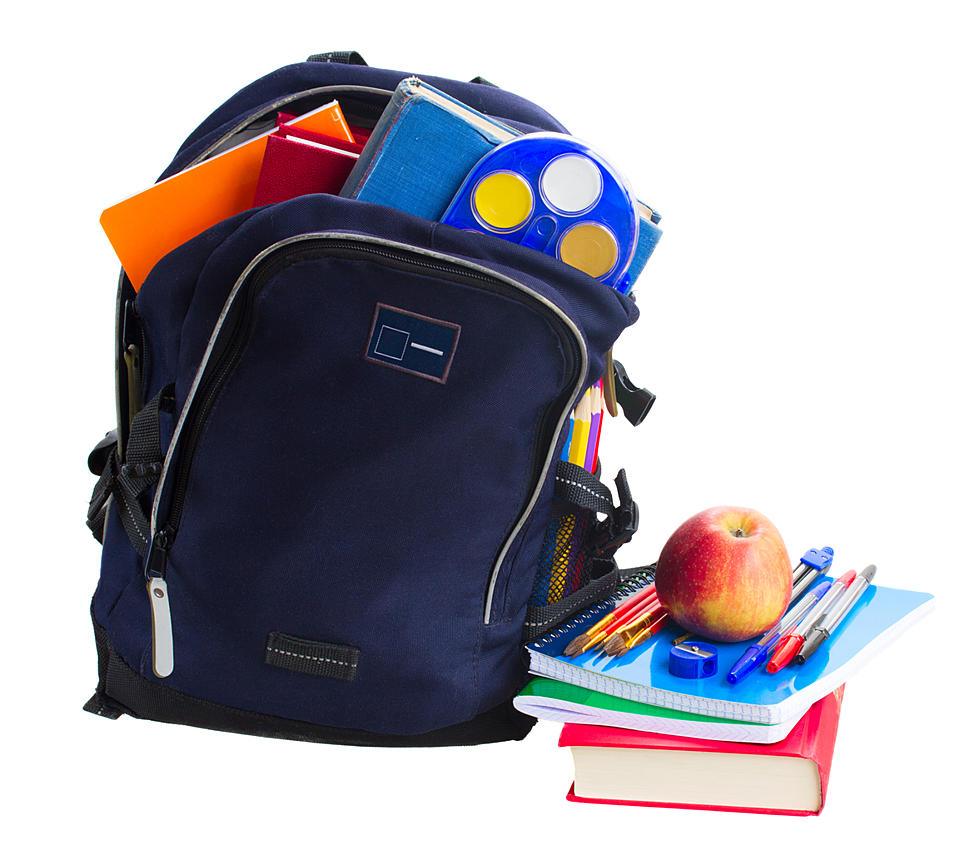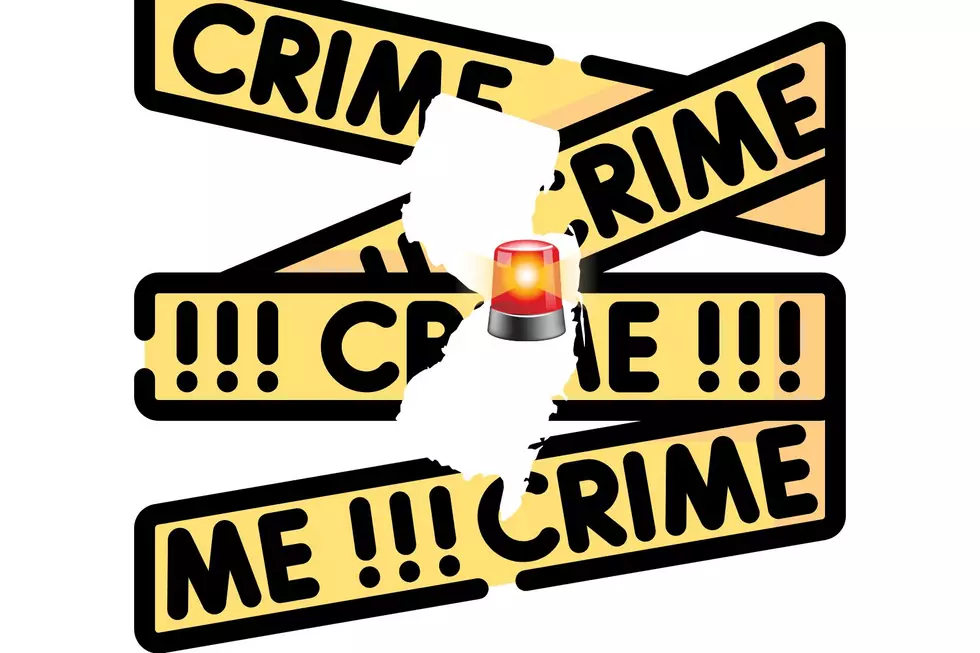
Getting and maintaining the proper backpack for back-to-school in NJ
As New Jersey students prepare to head back to school in a few weeks for full time in-person instruction, they'll be needing backpacks filled with books and supplies. But if the bag is not packed correctly, the weight of it can cause muscular injuries to a child's back, neck and shoulders.

What kind of a backpack should a child have?
Dr. Jeannine Baer, New Jersey chiropractor and member of The American Chiropractic Association, said kids should be getting a backpack with two shoulder straps, back padding and multiple compartments to allow for good distribution of the weight of items throughout the backpack.
How should a backpack be properly packed?
Kids have a ton of stuff to bring to school so that's where the multiple compartments come into play. Baer said pack the heavy, large items towards the back of the backpack where it's going to be sitting closest to the child's back. So, laptops, tablets, notebooks, binders and books should go in that large big compartment.
Then smaller and pointier items such as pens, pencils and compasses should be packed as far away from the student's back as possible, usually in the front compartment.
Other items can fill in such as lunch, gym clothes and water bottles, she added. They can put in a separate middle apartment. Sometimes the backpack has netted pockets on the side which are perfect for water bottles, a pack of tissues or nowadays, a mask.
How should the backpack be properly carried?
"The backpack should be carried on the back using both shoulder straps, no ifs, ands and buts. That should really be enforced," Baer said. It should never be slung over one shoulder, even if it looks cooler.
Adjust the shoulder straps so the backpack sits one or two inches below the waist. If the backpack sits too low, the child may tend to bend forward to compensate and carry the backpack which can affect his or her posture and muscles.
How can one tell if the backpack is too heavy?
Dr. Baer said this involves a bit of math but don't panic, it's not difficult. First, weigh the fully loaded backpack. Then weigh the child. Divide the weight of the backpack by the weight of the student. Take that decimal number and multiply it by 100 for a percentage. This is the percentage of the student's body weight that the backpack weighs.
If the backpack is 10% or less of a child's body weight, then it's in the green zone, Baer said. That means a child is good to go. Head off to school.
If the backpack weighs between 10% and 15% of a child's body weight, it's in the yellow zone. Caution. Make sure the child is not adding more weight to the backpack.
If the backpack weighs more than 15% of a child's body weight, then stop. That's the red zone. The bag is way to be heavy to be taken to school. Remove some items that the student can carry in their arms instead, such as a binder, a couple of notebooks or a lunch. That will help reduce the bag's weight and get it out of the red zone.
What are some injuries a child can endure due to a heavy backpack?
Baer said the injuries she sees due to a heavy backpack are repetitive stress injuries because kids carry these bags on a daily basis. Common injuries include muscular aches and muscular pains especially in the upper back area. Occasionally she'll see muscular spasms which can be very painful if the backpack is too heavy. There can also be changes to a child's posture and even puncture injuries from pencils and compasses if those items are in the bag next to the child's back. Tingling or numbness in the hands and arms and lower back are also common.
"These issues, though, respond and resolve very well when we apply the recommendations we've made to carrying the backpack, checking the weight of the backpack and how to wear it properly," Baer said. These will hopefully reduce and eliminate those effects and prevent them from happening in the first place.
She also said that chiropractors from around the state have collected and donated approximately 700 backpacks for the JerseyCares School Supply Drive. Included in each backpack are the safety recommendations and info discussed.



